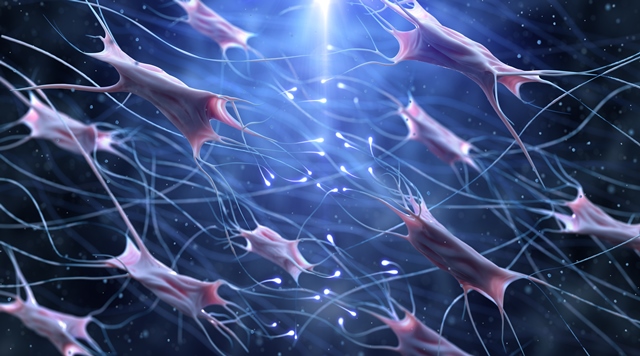Acute wounds and chronic wounds have different healing times. Acute wounds (burns, cuts, scratches etc.) heal faster (in around 2 to 4 weeks) than chronic wounds, which take an average healing of 210 days1, i.e. almost 7 months. However, chronic wounds are often related to an underlying disease such as diabetes, or venous or arterial insufficiency, which have to be treated at the same time.
The healing process can be broken down into 3 stages, each playing an essential role on the road to healing.
The 3 healing phases:
1 / The cleaning phase
As soon as the wound appears, an important cellular mechanism is triggered. A process of “physiological” cleaning begins. The wound gets rid of denervated, damaged tissue, no longer needed to protect the body.This inflammatory phase is all the more marked in chronic wounds. A yellowish layer (fibrin) may cover the wound, requiring an appropriate local treatment to remove the denervated tissue.
2 / The budding phase
The repair process then continues with this new step. The wound takes on a more granular appearance. Indeed, a myriad of small “raspberry” formations, granulation buds appear, which will fill the wound gradually. Its red, shiny appearance is due to the body’s intensive production of collagen and new blood vessels. They will replace those destroyed.
3 / The epidermisation phase
Little by little, starting at the edges, the wound, undergoing imperceptible contractions, finally closes. It looks drier. Eventually a new skin, pinkish and thin at first gradually forms until it covers the entire wound, becoming a scar. The scar often remains lighter than the surrounding skin, until melanin-laden cells responsible for skin color come into play months later, if at all. In the weeks following healing, the new epidermis should not be exposed to the sun at all.
DID YOU KNOW? Scars, fans of moisturisation
After the long process of reconstruction, the skin deserves a little pampering. Sheltered from the sun (SPF 50 at all times), scars require moisturization. Daily application of a moisturizing cream nourishes the skin and “relaxes” the scar. No need to press too hard. Apply a light circular motion until the skin absorbs the cream : it is all it takes to achieve the beneficial effects.


